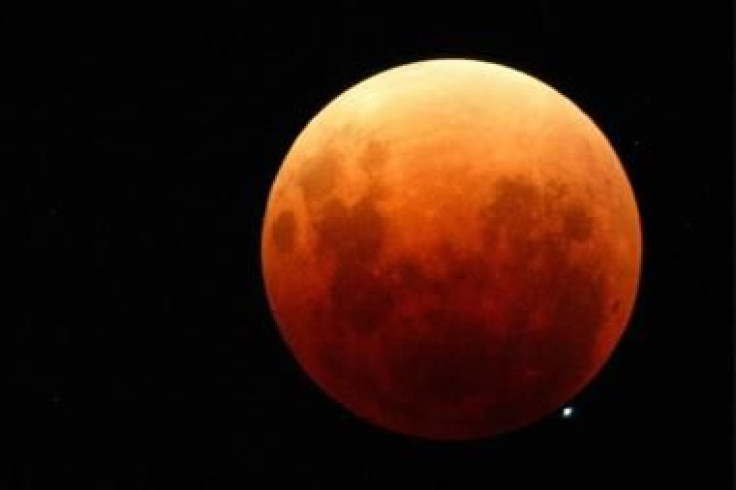Pink Full Moon 2013: When, How And Where To Watch April Lunar Eclipse Live

Just as a blue moon isn’t blue, a pink full moon isn’t exactly pink.
The Pink Full Moon gets its name from the herb moss pink, or wild ground phlox, which is one of the earliest widespread spring flowers to bloom, according to the Farmers’ Almanac. It’s also referred to as the Full Sprouting Grass Moon, the Egg Moon, and it’s even called the Full Fish Moon, by some coastal tribes, because spring is when shad fish swim upstream to spawn. Thus, the only time to see a Pink Full Moon is in April.
While the moon isn’t going to look very different on Thursday in North America, people in Europe, Asia and Africa will get to see a lunar eclipse. It won’t be visible in North America, Space.com says, because the eclipse will occur on Thursday afternoon, when the moon is still below the horizon there.
A lunar eclipse occurs when a full moon aligns with the Earth and the Sun, and Earth’s shadow, or its penumbra, can be seen on the moon. Unlike solar eclipses that last only seconds and require protective eyewear, lunar eclipses are darker and last for hours.
Thursday’s total lunar eclipse is expected to be “underwhelming,” Space.com notes, for those who are able to view it. It'll start around 2:04 p.m. EDT, when the moon begins to meet with Earth’s shadow. Two hours later, the moon will be in the middle of Earth’s penumbra and be visible in Ireland and south-central Japan, where it'll be early morning Friday.
Even though North America won’t be able to see it, the lunar eclipse will be at its deepest around 4 p.m. EDT, and will fade by 5, according to Space.com.
© Copyright IBTimes 2024. All rights reserved.












